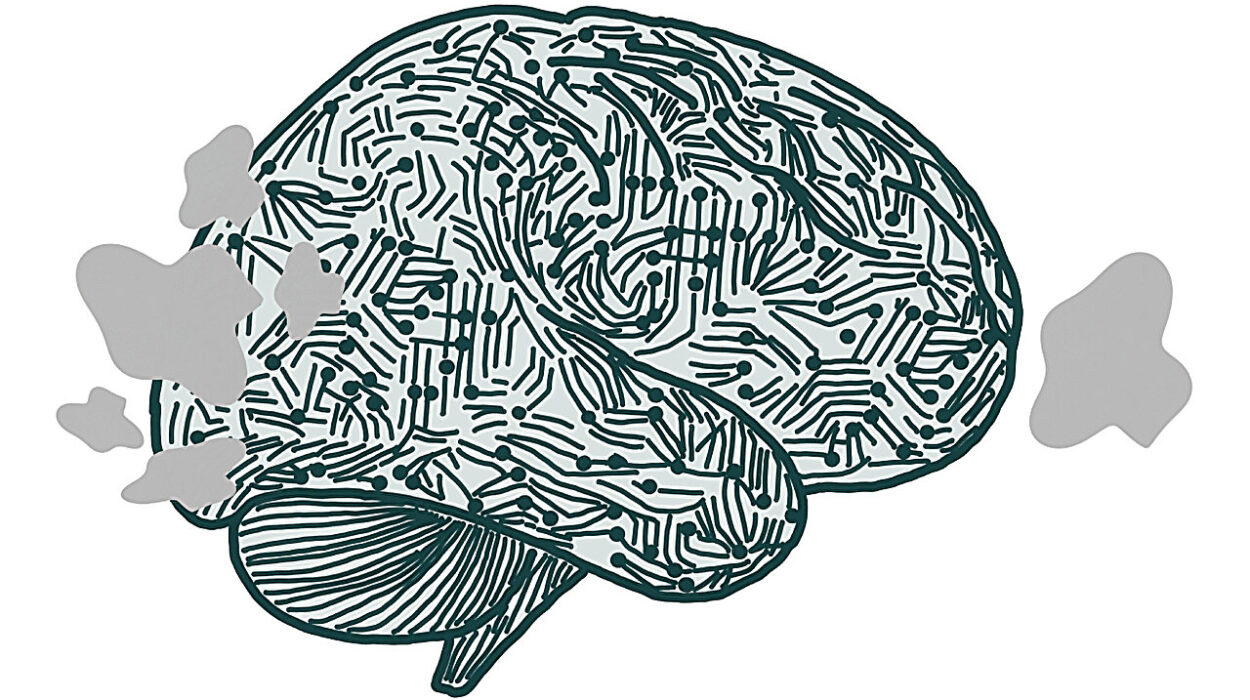As global temperatures climb and climate change redefines the limits of environmental stress, a growing chorus of scientists is warning that the danger isn’t just to our bodies—but also to our minds. Now, a sweeping study from China adds compelling new evidence to that alarm: adolescents exposed to more intense heatwaves are significantly more likely to experience depression and anxiety symptoms.
The study, published in the Journal of Affective Disorders, draws a sobering connection between climate extremes and adolescent mental health, offering one of the most comprehensive looks yet at how heat exposure may be silently reshaping the emotional landscapes of the young. And unlike much of the existing research, which has focused primarily on adults, this new investigation dives deep into the experience of adolescents—arguably one of the most vulnerable groups when it comes to climate-linked mental health risks.
A Generation Under Pressure
Adolescents today are growing up in a hotter, faster-changing world. They are navigating the usual turbulence of puberty, peer relationships, and academic pressure, while the environment around them grows more volatile. With each summer now a contender for the hottest on record, heatwaves are no longer exceptional—they’re becoming the norm. And this study, led by Dr. Yizhen Yu of Tongji Medical College at Huazhong University of Science and Technology, suggests that these environmental pressures could be taking an invisible, emotional toll.
“As a Chinese scholar, I’ve watched heatwaves in China grow stronger and more frequent over the past decade,” said Yu. “At the same time, as a public health researcher focused on adolescents, I began to worry: How is this extreme heat shaping their mental well-being? That question has been largely overlooked.”
20,000 Teenagers, One Growing Threat
To answer that question, Yu and her team conducted a massive school-based health survey in 2021, collecting data from nearly 20,000 students between the ages of 10 and 18 across China. These students represented a wide range of backgrounds, from bustling cities to remote countryside schools, offering a diverse and representative snapshot of China’s youth.
The researchers then paired students’ mental health data—based on standardized tools for depression and anxiety—with high-resolution temperature estimates for each student’s school location. By combining satellite-based climate data with personal mental health screenings, they created a powerful map of how heatwaves and mental health intersect in the lives of adolescents.
The findings were striking.
Each unit increase in the intensity of a heatwave—as measured by the Excess Heat Factor, a metric that accounts for both sudden spikes and long-term heat trends—was associated with a 13% increase in the odds of depression, and a 12% increase in the odds of anxiety. The risks rose further for those suffering from both conditions simultaneously.
But the impact wasn’t uniform.
Boys and Rural Students at Greater Risk
While heatwaves had a measurable impact across the board, certain groups were hit harder than others. Boys, surprisingly, appeared more vulnerable to the psychological effects of extreme heat—a reversal of the common trend in mental health research, where girls are typically more likely to report anxiety and depression.
Among male students, exposure to intense heatwaves was linked to a 22% higher likelihood of experiencing anxiety symptoms. For girls, the link was weaker and statistically insignificant.
Location also mattered. Students in rural areas showed a much stronger connection between heatwave exposure and mental health symptoms compared to their urban counterparts. In cities, with better infrastructure, air conditioning, and access to mental health support, the association between heat and psychological distress was far less pronounced. In the countryside, where access to cooling or care may be limited, the emotional burden of heatwaves appears to be much heavier.
“These findings point to inequality in climate vulnerability,” Yu explained. “Students in rural schools and male adolescents are more susceptible to the mental health consequences of extreme heat, perhaps due to differences in activity patterns, cultural expectations, or access to climate adaptations like cooling systems.”
Not All Heatwaves Are Created Equal
One of the study’s key contributions was its emphasis on how we define a heatwave. Rather than simply counting hot days, the researchers employed the Excess Heat Factor—a sophisticated metric that evaluates both short-term spikes and long-term heat buildup. This approach, they found, painted a clearer and more accurate picture of how heat affects adolescent minds.
In contrast, alternative definitions of heatwaves based solely on maximum daytime or nighttime temperatures produced weaker and inconsistent associations with mental health symptoms. The implication is clear: if we want to understand how heat affects health, we need smarter, more nuanced measures—not just thermometers.
A Call for Climate-Conscious Mental Health
Though the research is compelling, it comes with limitations. The cross-sectional nature of the study means causality can’t be firmly established. It’s possible that students already struggling with mental health issues may be more sensitive to heat—or that other unmeasured factors, such as sleep disruptions or family stress, play a role. Mental health data was also self-reported, which can introduce bias.
Yet, the strength and consistency of the associations, particularly when examined across nearly 20,000 participants, give weight to the conclusion that heatwaves matter—not just for our physical comfort, but for our mental resilience.
And that realization couldn’t be timelier.
“Climate change is no longer just a threat to future generations—it’s a current and growing threat to mental health, especially for adolescents,” Yu said. “We must start integrating mental health into climate resilience planning. That includes everything from school design and uniform choices to public health protocols during extreme weather.”
Adapting for the Future
The study suggests several practical interventions that could help buffer vulnerable groups from heat-linked psychological stress. Rural schools, for example, might benefit from better access to air conditioning or shaded outdoor spaces. Schools could revise safety guidelines for physical activity during hot months or adopt more breathable summer uniforms for students—especially boys, who appeared to be more affected.
But adaptation isn’t only about infrastructure. It’s also about education, empowerment, and inclusion. Yu argues that students need to be informed about climate change not just as a science topic, but as a lived experience that may affect their emotions, behavior, and future.
“We must equip young people with coping strategies and involve them in climate policy discussions,” Yu said. “They’re not just future leaders—they’re present-day stakeholders.”
The Road Ahead
This study is one of the largest and most detailed to examine how heatwaves affect adolescent mental health, but Yu is just getting started.
“My long-term goal is to systematically explore how all kinds of climate extremes—heatwaves, cold spells, erratic rainfall—impact the emotional and behavioral health of adolescents,” she said. “We need to identify both the risk factors and the protective ones, and then build interventions that work, especially in schools.”
Her vision goes beyond academia. It’s a call to action for governments, educators, health workers, and families—to recognize that climate change isn’t just melting ice caps and raising sea levels. It’s reshaping the inner worlds of the next generation, one heatwave at a time.
Because when the mercury rises, it’s not just the environment that changes—it’s the very fabric of our emotional lives.






